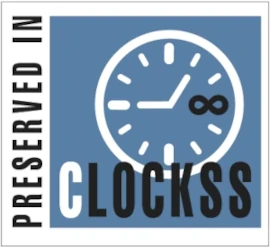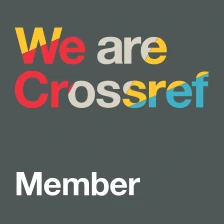Publication of issue 23 'Following the Money II'
Guest Editors: Kiril Sharapov, Suzanne Hoff, and Jonathan Mendel
Governments, UN agencies, and private foundations are pouring millions of dollars into work to stop human trafficking, yet very little of it directly benefits trafficked people. This is one of the conclusions of the new special issue of the Anti-Trafficking Review themed ‘Following the Money II’.
The issue critically examines funding and spending in efforts to stop human trafficking, particularly, by the United States, United Kingdom, and the European Union. Featuring articles written by academics, non-governmental organisations, and survivors, this issue explores where the money to combat human trafficking comes from, goes to, and with what effect.
In the opening article, Joshua Findlay argues that UK government anti-trafficking funding is mostly used in harmful ways. He demonstrates the links between the National Referral Mechanism and other arms of the immigration system and calls for the defunding of the NRM and organising through community building. In a similar vein, Kiril Sharapov, Jonathan Mendel, and Kyle Schwartz argue that defunding government activities that render people more vulnerable to exploitation could significantly contribute to anti-trafficking efforts. Their analysis of UK government anti-trafficking spending from 2011 to 2023 finds that it largely focuses on individual ‘victims’ and ‘criminals’ within the UK; funding for projects outside the UK may attempt to address structural issues, but these are largely presented as external to the UK.
Laura A. Hebert’s analysis of US government funding demonstrates that it is spent on reactive work, such as victim support. Projects targeting the conditions that render people vulnerable to exploitation were relatively underfunded, receiving less than 20 per cent of total US government funding. Tatiana Rothchild, Ajela Banks, and Tara Burns review the funding provided by the US Office for Victims of Crime, with a focus on the state of Alaska. They present this data against the experiences of a young, Black trafficking survivor (one of the co-authors) who was refused help by several federally funded organisations in the state. The authors critique funding requirements that prioritise institutional processes and collaboration with law enforcement but fail to protect or empower survivors.
Isotta Rossoni’s article provides an overview of anti-trafficking funding allocated via several programmes of the European Commission. She describes the types of projects and organisations funded, the countries involved, and the amounts awarded, as well as the experiences of European NGOs with accessing EU anti-trafficking funding.
In the short articles section, Andrea J. Nichols and Kathleen M. Preble argue that anti-trafficking funders must make funding decisions on the basis of robust evidence and prioritise big picture solutions that address the root causes of exploitation.
The last two articles address the question that we posed in the call for papers: ‘What would be the best use of twenty million US dollars for anti-trafficking work?’ Kiran Gupta, drawing on her experience in fundraising and communications at a US anti-trafficking NGO, proposes to use USD 20 million for narrative change work to counter the distorted pictures of human trafficking found in popular US films and media reports. Tamara MC argues that the best use of USD 20 million is for organisations that hire survivors as consultants, trainers, or speakers to pay them appropriately.
Overall, this issue echoes many of the findings published in issue 3 of the journal ten years ago: the millions of dollars spent on efforts to combat human trafficking do not always reach the survivors or at-risk groups who need it most. On the contrary, much of this money is spent on bureaucracies, police, and immigration controls, which may actively harm trafficked persons, migrants, or other vulnerable groups. Funders must do better to ensure that their money avoids collateral damage and truly empowers survivors.



